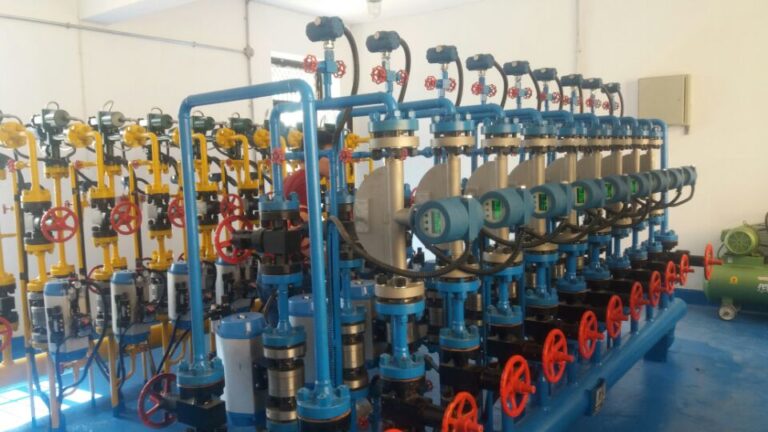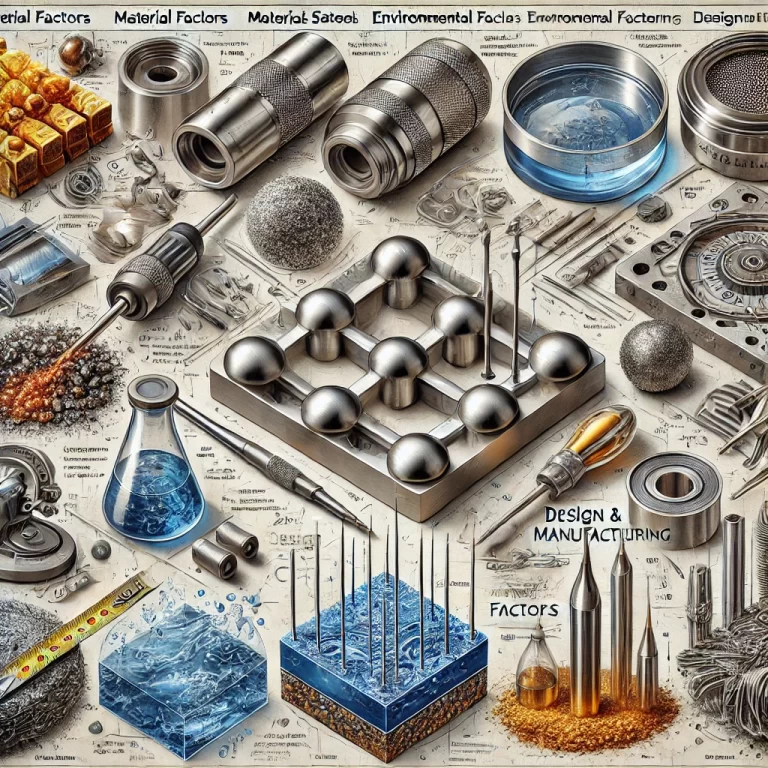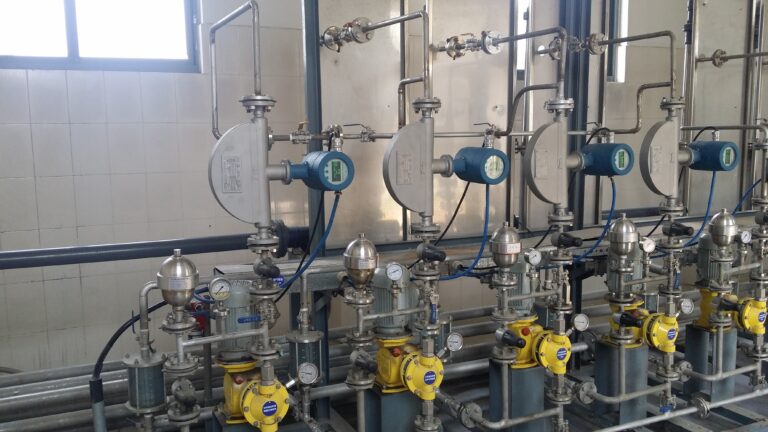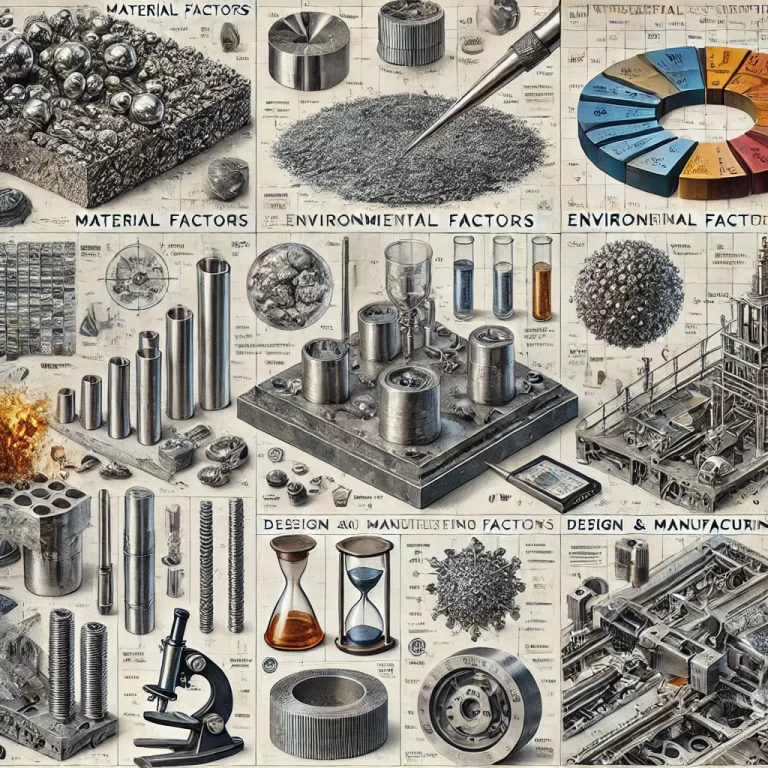Corrosion resistance is a critical property for instruments used in various industrial and environmental conditions. The ability of materials and designs to withstand corrosive environments directly impacts the longevity and reliability of instruments. This article provides a comprehensive analysis of the factors affecting the corrosion resistance of instruments, categorized into material factors, environmental factors, and design and manufacturing factors.

Material Factors
Material Type:
Different materials exhibit varying levels of corrosion resistance. For instance, stainless steel (Cr18Ni9Ti) is highly resistant to atmospheric conditions, water, and strong oxidizing acids but is less effective against non-oxidizing acids. In contrast, stainless steel (Cr18Ni12Mo2Ti) offers superior resistance to sulfuric acid and chlorides compared to Cr18Ni9Ti. Hastelloy C, containing 14%-16% chromium, effectively withstands corrosion from hydrochloric acid, sulfuric acid, nitric acid, and other aggressive acids, as well as alkalis and hydroxides.Microstructure of Materials:
The grain size and phase composition of a material significantly influence its corrosion resistance. Fine-grained materials typically outperform coarse-grained ones due to an increased number of grain boundaries, which hinder the diffusion of corrosive agents. However, certain phases, such as carbide precipitates in some stainless steels, can create localized corrosion vulnerabilities like intergranular corrosion.Surface Condition of Materials:
Surface roughness, cleanliness, and integrity are vital for corrosion resistance. Rough surfaces tend to trap corrosive substances, forming localized corrosion cells that accelerate degradation. Surface defects such as scratches and cracks can act as initiation sites for corrosion. Conversely, smooth, clean, and defect-free surfaces enhance corrosion resistance. Techniques like polishing and sandblasting can effectively improve surface durability.

Environmental Factors
Type and Concentration of Chemical Media:
Different chemical environments impact corrosion rates distinctly. Strong acids, bases, and salts can significantly corrode instrument materials. Higher concentrations generally result in more aggressive corrosion. For example, stainless steel corrodes more rapidly in high-concentration hydrochloric acid than in diluted solutions.Temperature:
Elevated temperatures accelerate chemical and electrochemical reactions, thus intensifying corrosion. Materials that resist corrosion at room temperature may fail at higher temperatures. For instance, certain plastics perform well in specific chemicals at ambient temperatures but degrade quickly when exposed to heat.Humidity:
High humidity promotes the formation of water films on metal surfaces, facilitating electrochemical corrosion. Moist conditions also enhance the diffusion and penetration of corrosive agents. Steel, for example, rusts readily in damp air.Pressure:
High-pressure environments facilitate the penetration of corrosive substances into material structures, increasing corrosion rates. Pressure can also alter the microstructure of materials, diminishing their corrosion resistance. Instruments used in high-pressure gas fields are prone to rapid degradation due to exposure to corrosive gases like hydrogen sulfide.

Design and Manufacturing Factors
Structural Design:
Thoughtful structural design can mitigate corrosion risks. Avoiding designs that allow water or liquid accumulation reduces the formation of localized corrosion cells. Implementing sealed structures prevents corrosive media from infiltrating internal components. Additionally, optimizing flow channels minimizes the residence time of corrosive agents, thereby lowering corrosion potential. For example, high-pressure control valves used in ammonia synthesis plants exhibit enhanced cavitation resistance and longer service life when designed with multi-stage pressure reduction.Manufacturing Processes:
Manufacturing techniques can impact material corrosion resistance. Welding, for example, can create heat-affected zones that alter microstructures and reduce corrosion resistance. Mechanical stresses introduced during processing may become focal points for corrosion. Adopting proper manufacturing practices, such as controlled welding parameters and post-weld heat treatments, can mitigate these effects and enhance durability.

Conclusion and Recommendations
Understanding the diverse factors influencing corrosion resistance is essential for designing and manufacturing durable instruments. Selecting appropriate materials, optimizing microstructures, refining surface treatments, accounting for environmental conditions, and implementing thoughtful design and manufacturing practices collectively contribute to superior corrosion resistance. Future research and development should focus on innovative materials and advanced protective coatings to further enhance the longevity and performance of instruments in harsh environments.
